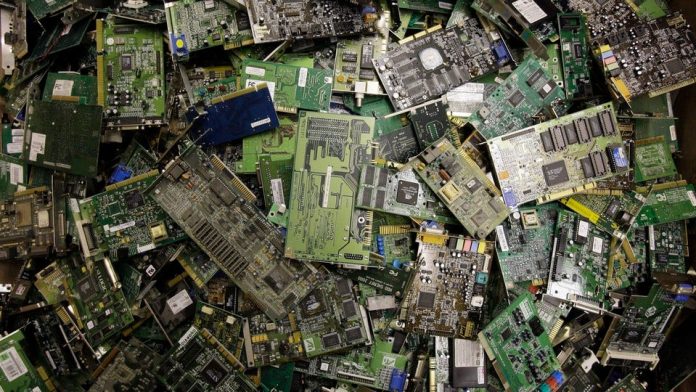In an era dominated by technological advancements, the rapid pace of innovation often results in a surge of electronic devices flooding the market. While these devices bring convenience and efficiency to our lives, they also contribute significantly to electronic waste, commonly known as e-waste. The mounting concern over environmental sustainability has spurred a growing movement toward circular electronics, aimed at closing the loop on the detrimental impact of electronic waste.
Embracing a Circular Approach
The traditional linear model of electronics consumption follows a “take, make, dispose” pattern. However, this linear approach has proven unsustainable, as it leads to a massive accumulation of electronic waste, posing environmental hazards and depleting valuable resources. The circular electronics model seeks to break this cycle by prioritizing the principles of reduce, reuse, and recycle.
Reducing Electronic Waste at the Source
To address the e-waste issue, manufacturers are increasingly focusing on designing products with a longer lifespan and components that are easily upgradeable or replaceable. This strategy promotes durability and reduces the need for frequent replacements, ultimately minimizing the generation of electronic waste. Furthermore, initiatives encouraging consumers to make informed choices about the environmental impact of their electronic devices contribute to the reduction of e-waste.
Emphasizing Reuse and Refurbishment
Circular electronics also advocate for the reuse and refurbishment of electronic devices. Rather than discarding old gadgets, consumers are encouraged to explore options for extending the life of their electronics through repairs and upgrades. This not only reduces the overall demand for new devices but also prevents functional electronics from prematurely becoming part of the e-waste stream.
The Role of E Waste Recycling in Circular Electronics
In the quest for a circular economy, e-waste recycling plays a pivotal role. It serves as the final link in the chain, ensuring that electronic devices are disposed of responsibly and their components are recycled for future use. E waste recycling facilities that do it recycling, employ advanced technologies to safely and efficiently process electronic waste, extracting valuable materials and minimizing environmental impact.
Technological Innovations Driving Circular Electronics
As the circular electronics movement gains momentum, technological innovations are playing a crucial role in shaping the industry. Sustainable materials, modular design, and efficient recycling processes are becoming key considerations for manufacturers. These innovations not only contribute to reducing the environmental footprint of electronics but also pave the way for a more sustainable and circular approach to technology.
Shifting Consumer Mindsets
The success of circular electronics relies on the active participation of consumers. As awareness about the environmental impact of electronic waste grows, consumers are becoming more conscious of their purchasing decisions. Choosing products with a longer lifespan, supporting repairability, and responsibly disposing of old devices are steps consumers can take to contribute to the circular electronics movement.
Conclusion
The rise of circular electronics signifies a paradigm shift in the way we produce, consume, and dispose of electronic devices. By adopting a circular approach that prioritizes sustainability and responsible disposal, the electronics industry can mitigate the adverse effects of electronic waste on the environment. Embracing circular electronics is not just a trend; it’s a necessity for creating a more sustainable and environmentally friendly future.













![How to Fix [pii_email_d66aec8ab3772e6af11b] Error? [pii_email_d66aec8ab3772e6af11b]](https://wpcmagazine.com/wp-content/uploads/2022/07/pii_email_d66aec8ab3772e6af11b-100x70.webp)

![How to Fix [Pii_Email_556bd796439757dd3b82] Error on Outlook? Fix [Pii_Email_556bd796439757dd3b82] Error](https://wpcmagazine.com/wp-content/uploads/2022/07/Pii_Email_556bd796439757dd3b82-100x70.webp)
![How to resolve [pii_email_0f5d13fdd444218ce923] Outlook Error? [pii_email_0f5d13fdd444218ce923]](https://wpcmagazine.com/wp-content/uploads/2022/07/pii_email_0f5d13fdd444218ce923-100x70.webp)
